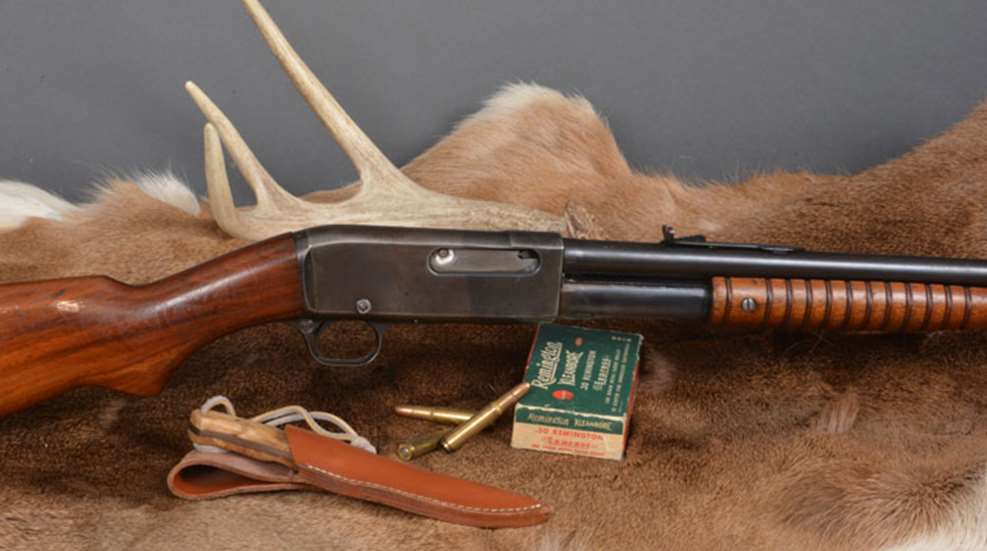
You may not know this, but it is possible to kill a deer with a cartridge that’s not the 6.5 Creedmoor or 350 Legend. Blasphemy, you say! But it’s true.
The concept of a deer cartridge has always been fluid, and in your grandfather’s time, there was a long list of “deer cartridges.” Here are a dozen that you may never have heard of, and I’ll wager most of you have never shot, yet back in the day they all had their time in the spotlight. In fact, many were the 6.5 Creedmoor of their era. For example:
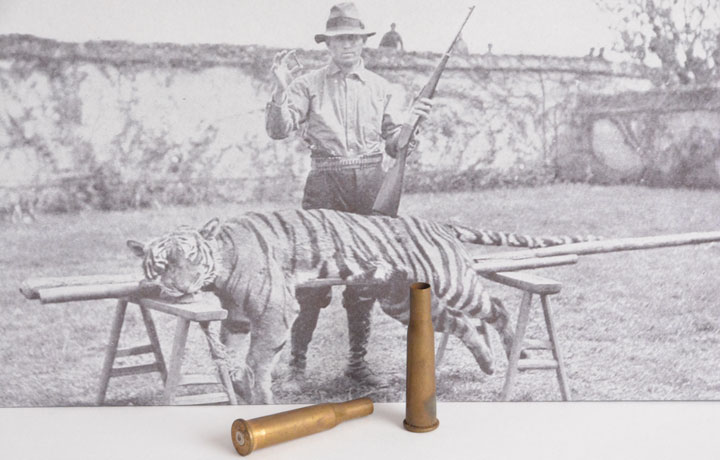
.22 Savage Hi-Power
While the Winchester Model 1894 was the rifle of the deer hunting masses, the Savage Model 99 was the thinking hunter’s rifle. It’s the gun that “gun guys” gravitated to when the fall turned cold and the bucks were rutting.
The idea of introducing a hot new cartridge to spur sales is hardly a new marketing idea. Hitting the market around 1912 in the Savage Model 99, the .22 Savage HP was the brainchild of the great Charles Newton. A necked-down .25-35 Winchester, it used a .228-inch diameter 70-grain bullet at 2790 fps.
Soon enough its “magic killing powers” were being touted in the social media of the day: magazines. Savage ran advertisements of Reverend H.R. Caldwell with a tiger he killed in China with the cartridge. The patron saint of undersized cartridges, Walter D.M. “Karamojo” Bell, shot a Cape buffalo with the .22 Savage HP and lived to write about it. Here in the US, the .22 Savage HP was promoted heavily as a deer cartridge. One with “killing power well beyond its paper ballistics!” Sound familiar?
Anyway, a few years in the field exposed the truth and the .22 Savage HP faded as a big-game cartridge. Once ammo became scarce and the odd diameter bullet made life difficult for handloaders, a lot of rifles were converted to .25-35 Winchester. If you can find one that’s unmolested now, it’s a treasure and a piece of history. No worries about shooting it, Norma has ammo.
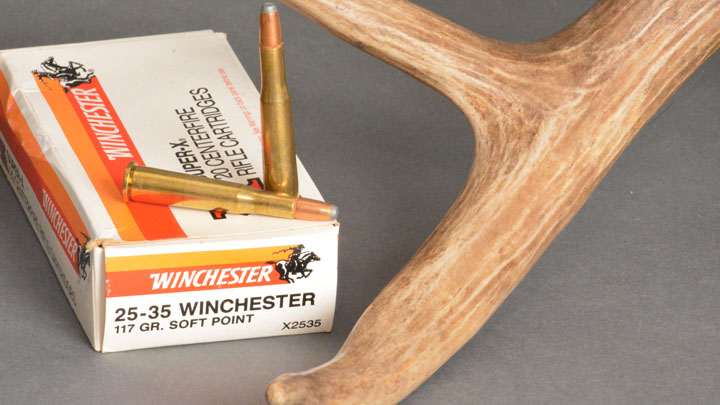
.25-35 Winchester
When Winchester launched their Model 1894—the rifle that would dominate deer hunting for a century—they introduced two new smokeless powder cartridges. The .30 WCF, later renamed the .30-30 Winchester, is even today one of the most popular deer cartridges on the market. For years it was said it had killed more deer than any other cartridge. I suspect the .30-06 Springfield has won that title in recent years, but there is no way to prove either claim.
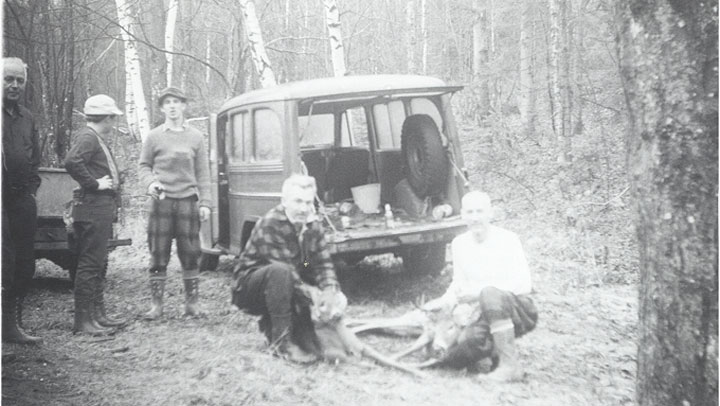
The other cartridge was the .25-35 Winchester. Its main claim to fame is that it was the United States’ first sporting cartridge using smokeless powder, as it slightly predated the .30-30 Win.
At the time, .25-caliber rifle cartridges were popular, which seems to be the only logic in introducing this one. It was pretty much neither fish nor fowl, and quoting Cartridges of the World, “It has never been noted for great stopping power on deer or similar animals.”
Still, people bought the rifles and the cartridge has accounted for a lot of deer. Sales of its big brother overshadowed it by a wide margin until World War II gave the .25-35 Win. a merciful death. Other than a novelty, mini-run of rifles some years ago from Winchester, I don’t believe any American manufacturers have made rifles postwar.
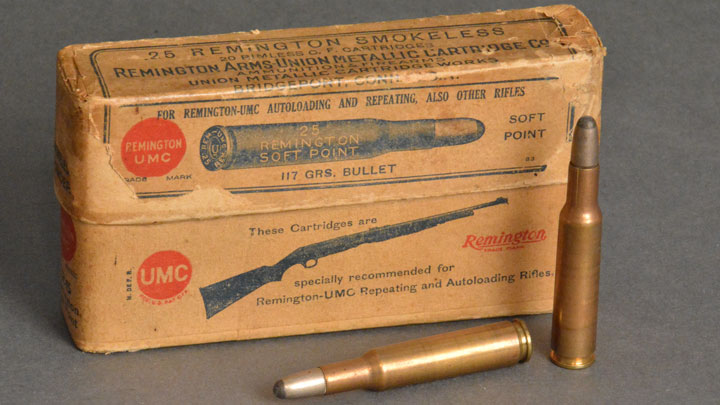
.25 Remington
Winchester had a .25-caliber, so “me too” Remington had to have one, right? In 1906 Remington introduced the first successful semi-automatic hunting rifle along with four new rimless cartridges. The .25 Remington was to compete with the .25-35 Winchester, and they both ended up on the trash heap of obsolete cartridges.
Remington later chambered the .25 Rem. in its Model 14 pump-action rifle. When that was replaced by the Model 141 in 1935, the .25 Rem. was dropped—at least officially. I have one that I researched and found to be a custom order. Just like many of my grandfather’s generation, I have even taken a whitetail deer with the rifle.
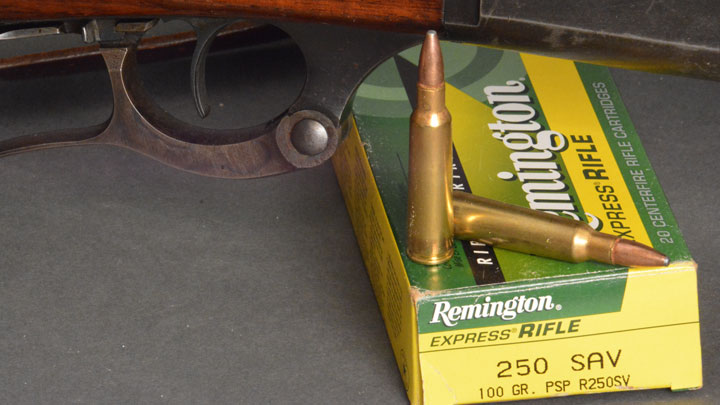
.250-3000 Savage
This is another Charles Newton creation and it set the hunting world on fire. In 1915 hunters were still in awe of cartridges that broke the 2000 fps barrier using that newfangled smokeless powder. The .250-3000 (.250 Savage) got its name because the 87-grain bullet had an impossible muzzle velocity of 3000 fps. Chambered in the Model 99 lever-action rifle, it was an instant success.
Newton wanted Savage to use a 100-grain bullet, but they refused. While the 87-grain turned out to be a sporadic performer, that “3000 fps” was a huge marketing tool. Old-timers scoffed while “enlightened” hunters flocked to the cartridge. With good shot placement, it dropped deer like you switched off their circuits. In 1935 Savage finally offered a 100-grain bullet and this cartridge has never looked back.
Newer cartridges killed it off, but the .250 Savage, as it’s called now, is and always will be the one that launched the modern era of deer cartridges.
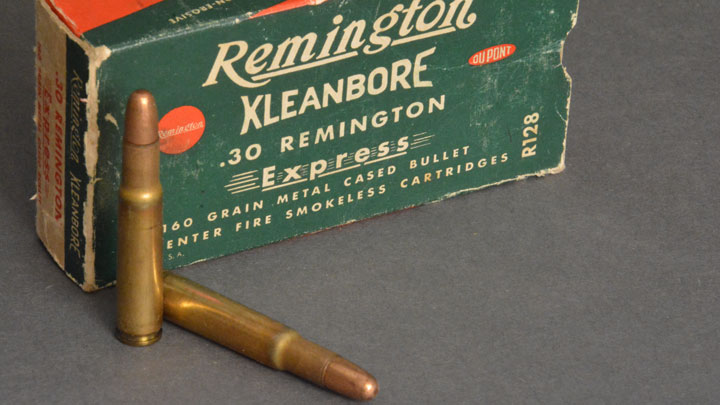
.30 Remington
Another “me too” cartridge, the .30 Remington was developed to compete with the .30-30 Win. As a rimless cartridge, it was technically a better design, but it lost the popularity war. It was chambered for the Model 8 semi-automatic and in the Model 14 and 141 pump-action rifles. I have one in a Model 141 and love to shoot and hunt with it. That said, I am a gun nerd and don’t mind making my own ammo for these obscure cartridges.
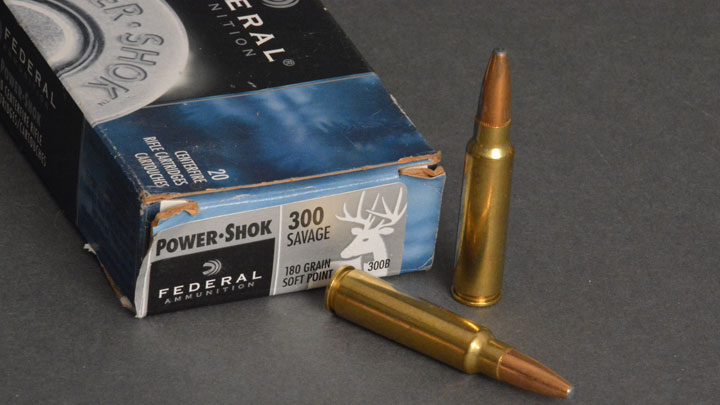
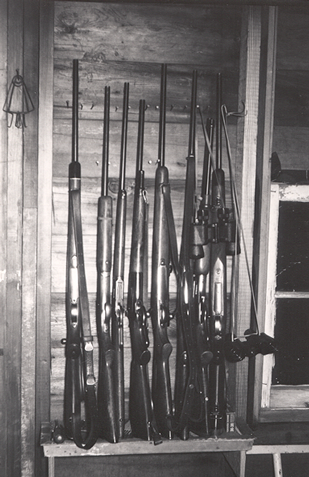
.300 Savage
Savage introduced this cartridge in the Model 99 in 1920. It was said to produce .30-06 Springfield ballistics from a short-action cartridge. (Again, sound familiar?) Actually, it really did come close to the .30-06 ballistics of the day.
Soon enough, most of the rifle makers were chambering the .300 Savage. It proved to be outstanding on deer, and was extremely popular until the .308 Winchester came along in 1952 and rubbed it out.
Old guns are common in the .300 Savage, and I have several. My favorite is an early Remington Model 760 pump that my wife gave me for Christmas a few years back. I try to get some deer-hunting time with this rifle every year, and have shot a few whitetails over the years with several different .300 Savage rifles, including an interesting “cull” buck in Texas. That one fell to a Remington Model 722 bolt-action. The .300 Savage is a legendary deer cartridge and it deserves more appreciation than it gets today.
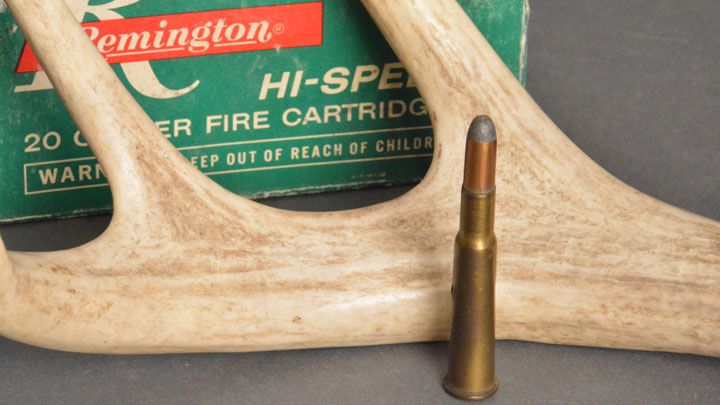
.30-40 Krag
This was America’s first smokeless-powder cartridge. It was developed for the military in 1892. It was also the first small-bore military cartridge, but it only lasted until 1903 when the .30-03 replaced it.
Still, the cartridge lived on in the multitude of surplus rifles that were easy and cheap to buy, back in the days when purchasing a rifle was as easy as procuring any other tool. Far too many got carved up into “sporter” rifles, though, meaning that today, an un-butchered Krag is highly sought after by collectors. In my youth I had a .30-40 Krag carbine that was in very good shape. Like the dumb kid I was, I traded it for another gun, and can’t even remember which it was. Such memories are why I can’t sleep at night.
The cartridge was chambered in a lot of other rifles over the years. I was recently in a camp where one of the hunters had a Winchester Model 1895 in .30-40 Krag, which I unabashedly coveted.
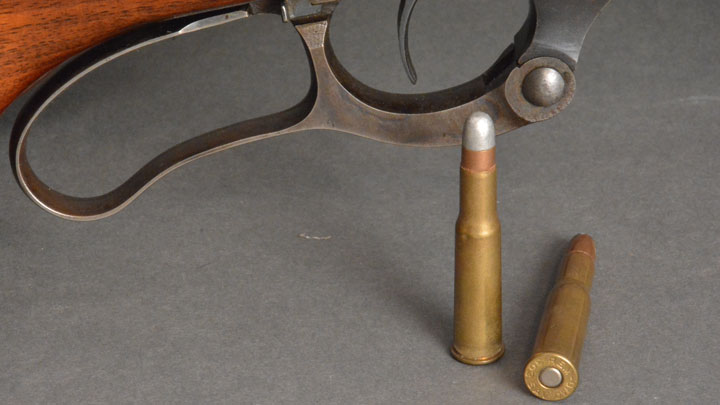
.303 Savage
Many believe this was Savage’s attempt to cash in on the popularity of the .30-30 Win., but it’s not true. Savage developed this cartridge for military use. The trouble is, the military never took to it, so in 1895 they introduced it as a sporting cartridge. That’s the same year the .30-30 Win. was introduced, so Savage was certainly not “chasing” it in the market.
The .303 Savage is slightly more powerful than the .30-30 Win. and it was extremely popular in the Model 99 lever-action rifle with deer hunters. Like so many other great cartridges, World War II killed it off.
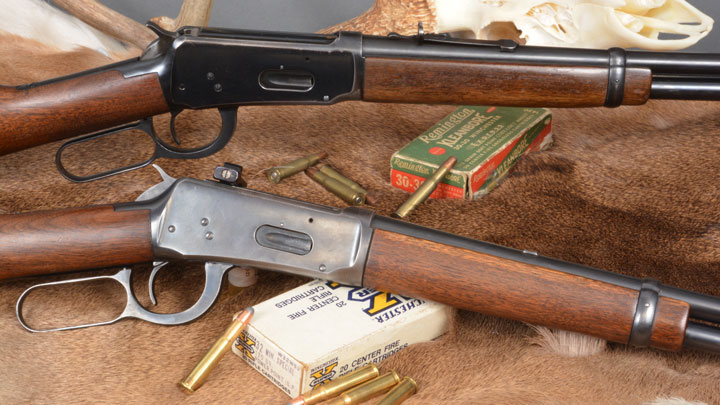
.32 Winchester Special
Legend has it that Winchester introduced this cartridge in 1902 to appease those handloaders who still wanted to use black powder. It was said that this “cross-over” cartridge let them use the powder of their choice. It’s probably all bunk, another one of those oft-repeated legends perpetrated by gun writers.
Winchester promoted it as a more powerful option to the .30-30 Win. with about 10 percent more whack. A lot of hunters bought into that idea, and I can remember late-night arguments in our deer camp about how the .32 Win. Spl. was better than the .30-30 Win. I have one, and every time I shoot it I remember those wonderful years as a kid, discovering deer hunting and finding my place in deer camp. That’s why it’s special.
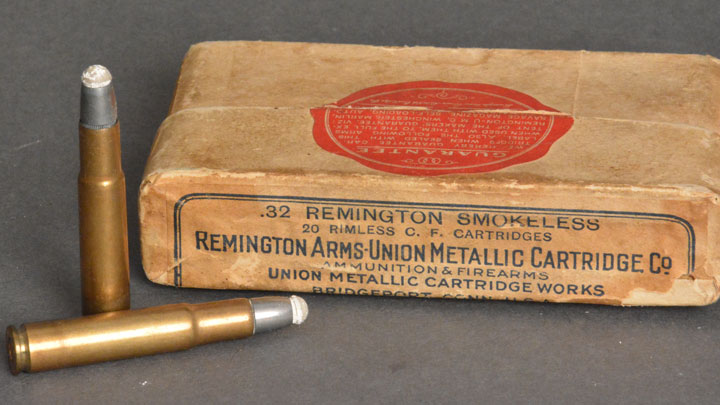
.32 Remington
The .32 Remington was another “me too” answer to Winchester’s .32 Win. Spl. that never caught on. My Model 14 is special to me because of its history. The woman who sold it to me said it was her dad’s rifle, and it was important to her that someone who appreciates such meaning owns it. She later wrote me a letter saying she used the money to buy a necklace with her dad’s name engraved on the back, so she can be close to him every day. I hope to shoot a deer with it someday to honor the memory of a man I never met.
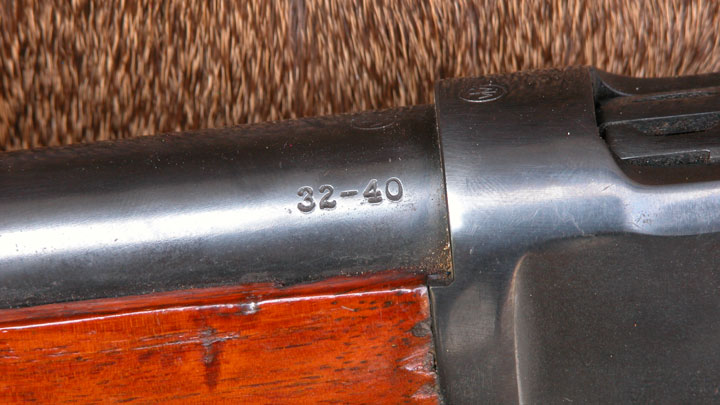
.32-40 Winchester
This cartridge was developed in 1884 as a blackpowder target round, and used mostly in single-shot rifles. Then Winchester and Marlin started chambering it for their lever-action rifles. The cartridge adapted well to smokeless powder and became a fan favorite. It’s hardly a powerhouse with a 165-grain bullet at 1752 fps, but it has killed a lot of deer. I have a Winchester 1894 made in 1901 that’s been in my family for all that time, and has put more than few deer in the coffers.
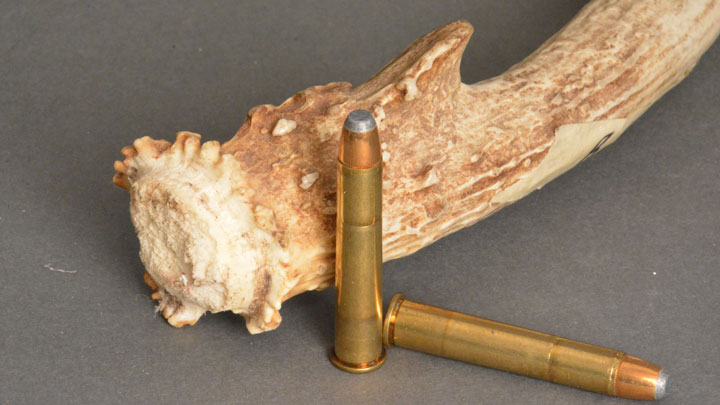
.38-55 Winchester
The .38-55 Winchester also started out in 1884 as a blackpowder target cartridge used mostly in single-shot rifles, but it was shortly adapted to a wide-range of rifle designs, including Marlin and Winchester lever-actions.
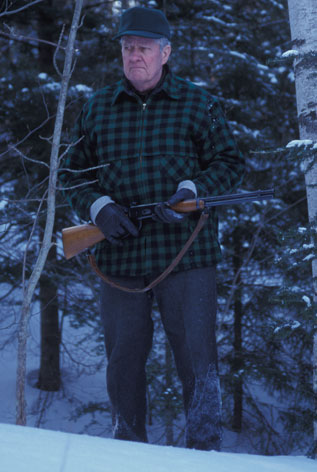
This is the case that a lot of those cartridge above were designed from. The .22 Savage HP, .25-35 Win., .30-30 Win., .32-40 Win. and .32 Win. Spl. cartridges all used this as a parent cartridge. I have fond memories of hunting with my uncle Butch’s .38-55-chambered Marlin rifle when I was a kid. This rifle was special to a green kid because he used it to stop a charging bear at powder-burn distance. That’s pretty awesome stuff for a 12-year-old.
The cartridge pushes a 255-grain bullet around 1500 fps. Factory loads were as low as 1300 fps, and as high as 1700 fps. The hotter loads were said to be unsuitable for some rifles and could cause them to come apart, but I guess we had fewer lawyers in those days.
A lot of these rifles survive in closets, attics and dusty gun shops. If you seek them out and follow your ancestor’s footsteps into the deer woods, you’ll close the circle of tradition and discover that even those old, “antiquated” cartridges kill deer just fine.


































